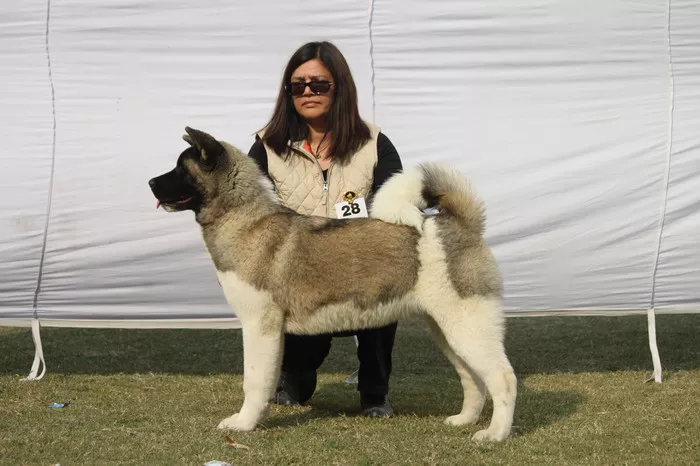As technology advances, the dog training world finds itself at a crossroads: should we embrace innovation, or hold on to the tried-and-true methods that have stood the test of time? In this column, I reflect on this dilemma and offer insight into my approach to training—a method rooted deeply in tradition.
The Evolution of Training Methods
Over the past year, I’ve delved into the training methods of various trainers across the country. As I embark on a new year, my focus shifts inward—to examine my personal philosophy and approach to training. Some might call me “dyed-in-the-wool,” and I embrace that label. I’ve come to realize that while modernization offers convenience, there’s a value in doing things the way we used to—slowly, methodically, and with a deep connection to the process.
While many training techniques have emerged over time, my methods often differ from the mainstream. I am aware that my approach may seem unconventional, and while I have strong feelings about it, I respect that every trainer has their own path. This year, I aim to share what works for me and why, not to impose, but to provide perspective.
A Lesson in Simplicity from Childhood
A pivotal moment in my life occurred when I was six years old, one Christmas morning. Behind a door lay the gift that would shape me as a hunter and trainer: a red, 49-inch long bow. It wasn’t a modern marvel with bells and whistles, but it symbolized freedom and the opportunity to explore bowhunting on my own terms. My mentors were my grandfathers and my father, men who hunted with long bows and recurve bows. They provided simple advice, like “don’t shoot anyone,” and left me to learn the craft through trial and error.
My childhood adventures with that bow were a far cry from the high-tech approaches many use today. There were no batteries, no apps, no instructions. Just practice and the joy of figuring things out for myself. Over time, my arrows found their mark, and I honed my skills by stalking chipmunks and practicing on makeshift targets. It was a simpler time, and I treasure those memories.
Technology’s Impact on Hunting and Training
By the time I entered my teenage years, bowhunting and dog training had already started their rapid technological evolution. The compound bow, with its advanced cams and greater range, began replacing traditional equipment. Remote training collars for gun dogs made quick corrections easier, allowing for more control and faster progress.
While these advancements certainly made training and hunting more efficient, they also introduced complications. My father and I both upgraded to compound bows, but I soon found myself overwhelmed by the additional gadgets. Eventually, I lost enthusiasm and spent less time practicing—proof that faster and easier doesn’t always equate to better.
In an effort to recapture that lost passion, I purchased an old recurve bow. The slower pace and simplicity reignited my love for bowhunting. Unlike my younger self, I immersed myself in learning from seasoned traditional hunters. Listening to their stories and insights—sometimes humble, sometimes egotistical—reminded me of the value in staying true to what matters most.
Reflections on Dog Training and Technology
My experiences with traditional bowhunting inevitably shaped my approach to dog training. I’ve never used an e-collar, and I don’t intend to start. I don’t have an issue with trainers who use collars responsibly, but I do take issue with their misuse. It’s unfair to the dogs, and in my opinion, it diminishes the connection between trainer and animal.
My philosophy is rooted in patience and trust. My setter rarely sees a check cord, and I believe retrievers can achieve high levels of success without being “forced.” Some argue that faster methods yield faster results, and while that may be true, I maintain that the time spent working with our dogs is a gift—an opportunity to slow down and enjoy the process.
A Call for Balance in the Face of Innovation
As much as I appreciate technological advancements, I’m also cautious. I don’t want the next generation of hunters and trainers to rely solely on gadgets and forget the importance of building a bond with their dogs. Yes, technology can enhance the experience, but it should never replace the fundamentals of training.
We must teach our kids that hunting isn’t just about what gadgets can do for us. It’s about the connection between hunter, dog, and nature. Whether it’s scouting without live-feed cameras or shooting without rangefinders, these experiences hold immense value. Similarly, training a dog should be more about the relationship and less about the tools.
The Bigger Picture in Dog Training
Perhaps I’m admitting more than I should in a magazine dedicated to hunting dogs, but for me, the journey has always been more important than the destination. There’s more to training than just the hunt. It’s about the connection we form with our dogs, the lessons we learn along the way, and the fulfillment that comes from doing things the right way, no matter how long it takes.
Every dog knows the importance of the journey—and so should every trainer.


